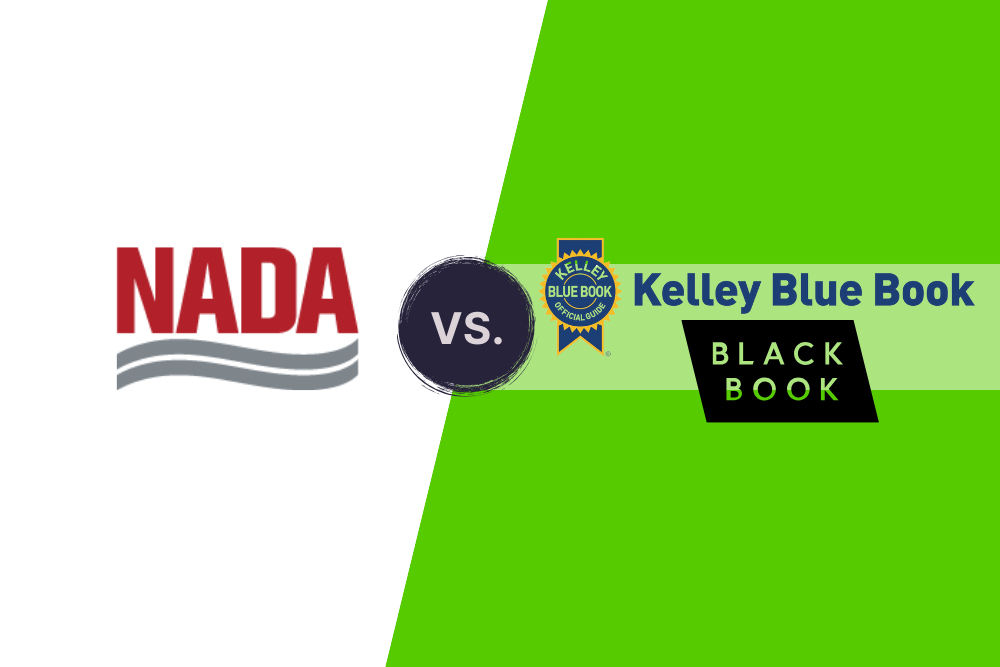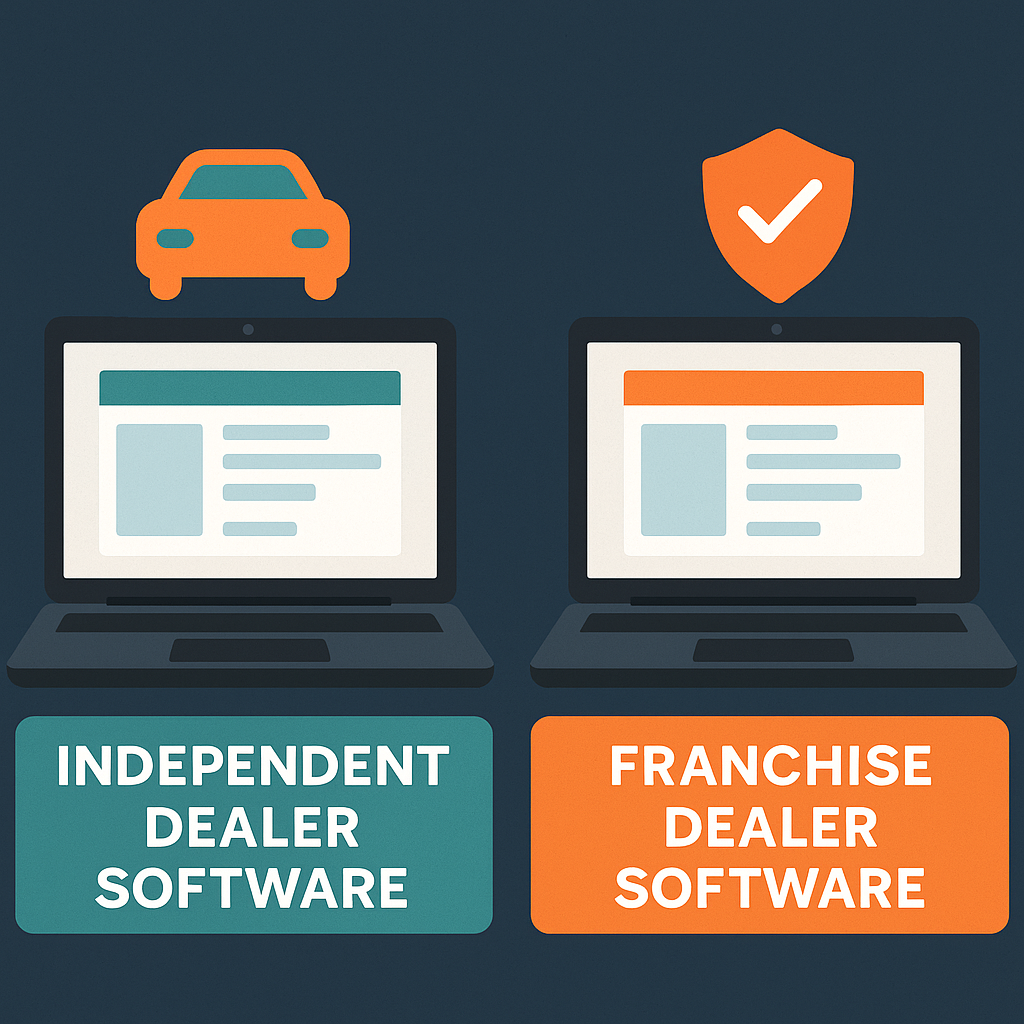The NADA Guide (National Automobile Dealers Association Guide) has been a reliable resource for car dealerships for decades. While newer tools like Kelley Blue Book (KBB) and Black Book provide value in specific areas, the NADA Guide has remained a staple for many dealerships, particularly when it comes to understanding trade-in values and regional price variations. In this article, we will explore how NADA Guide vs other valuation tools for car dealers helps in valuing vehicles. It includes comparison to other tools, and explain why it remains a valuable resource in today’s competitive market.
What is the NADA Guide?
The NADA Guide offers pricing information on a wide range of vehicles, including new and used cars, trucks, and SUVs, as well as motorcycles and even RVs. Unlike Kelley Blue Book or Black Book, which rely on a combination of auction data and consumer inputs, NADA primarily draws from actual dealership transactions. This gives NADA an edge in reflecting market values that align more closely with real-world dealership operations.
Key data sources for the NADA Guide include:
- Dealership sales data: Information on actual sale prices from dealers across the country.
- Industry reports: Data from auto manufacturers and various industry stakeholders.
- Regional pricing variations: Insights into how different markets may impact vehicle values.
NADA values are used extensively by car dealerships, insurance companies, banks, and even consumers. Therefore, making it to be one of the most trusted resources for accurate vehicle pricing.
How Dealers Use the NADA Guide:
1. Trade-In Appraisals:
Trade-in offers are a critical part of a dealership’s sales strategy. NADA Guide helps dealers provide fair and accurate trade-in valuations based on the real-time market data it aggregates from dealership transactions. It provides trade-in values that dealers can use to offer competitive quotes to customers without underpricing or overpricing vehicles.
- Example: A dealer in the Midwest may use NADA Guide to see how similar vehicles have been traded in within that region. This allows the dealer to provide a trade-in offer that reflects the local market, helping to close the sale more efficiently.
2. Retail Pricing:
Beyond trade-in values, the NADA Guide also provides retail pricing information. This data is essential for dealerships setting prices for vehicles on their lot. Unlike Kelley Blue Book, which is more consumer-facing, NADA offers pricing information that’s more aligned with what dealers can expect to sell a vehicle for at retail.
- Regional Data Advantage: One key advantage of NADA Guide is its focus on regional pricing trends. For example, a pickup truck may have higher resale value in Texas due to high demand, while sedans may fetch higher prices in urban areas. NADA captures these regional variances, helping dealers optimize their pricing strategy.
3. Financing and Insurance:
Dealers frequently use NADA values when working with banks and lenders on vehicle financing deals. Since the NADA Guide is widely accepted by financial institutions, using NADA values helps smooth the financing process for both the dealer and the customer. Additionally, insurance companies often use NADA values when determining replacement costs in the event of a claim. With that being said, it leads to accurate dealership pricing can lead to smoother insurance transactions as well.
- Example: A customer comes in looking to finance a used SUV. The dealership uses the NADA Guide’s value to determine the vehicle’s retail price, which is then used to secure a financing deal through a lender. Because the lender trusts NADA’s values, the process is streamlined.
NADA Guide vs. Other Valuation Tools:
1. NADA Guide vs. Kelley Blue Book:
While Kelley Blue Book (KBB) is widely known among consumers, its valuation data often differs from NADA’s. KBB is primarily consumer-facing, focusing on private-party sale values and trade-in offers. NADA, on the other hand, leans more toward industry-specific data, which is why banks, insurance companies, and dealerships prefer it for more precise appraisals.
- Key Differences:In essence, KBB may provide a retail price that’s higher than what NADA would suggest for the same vehicle. This makes NADA more relevant for dealers working in the wholesale market or those looking to price vehicles for quick turnover.
- KBB: Focuses on consumer data, retail pricing expectations, and trade-in values from a buyer’s perspective.
- NADA Guide: Uses dealer sales data and regional trends, providing a more accurate picture of trade-in and retail values for dealerships.
2. NADA Guide vs. Black Book:
Black Book is another popular tool for car dealerships, especially when determining auction values. Black Book pulls data primarily from wholesale auctions, offering real-time values based on what dealers are paying for cars at auction. While NADA provides values based on retail and trade-in sales, Black Book focuses on wholesale and auction values, which are often lower due to the nature of auction pricing.
- Key Differences:
- Black Book: Best used for determining wholesale prices and auction data.
- NADA Guide: Better for setting retail prices and trade-in offers based on regional and dealership sales data.
Dealers often use Black Book and NADA in conjunction, with Black Book being more useful for setting trade-in offers and understanding the wholesale market, and NADA for retail pricing and bank financing.
Benefits of Using the NADA Guide:
1. Comprehensive Data:
The NADA Guide provides data on a wide variety of vehicles, including cars, trucks, SUVs, RVs, motorcycles, and even boats. This makes it a versatile tool for dealerships that sell more than just used cars. The NADA Guide’s depth of data gives it an advantage over consumer tools. It also helps to focus solely on used cars or trade-ins.
2. Regional Insights:
One of the most significant advantages of the NADA Guide is its regional insights. Vehicles in one part of the country may fetch higher prices due to local market demands, and NADA captures these trends, allowing dealers to price vehicles accordingly.
3. Trusted by Lenders and Insurers:
NADA values are widely accepted by banks and insurance companies, making it easier for dealers to finance sales or handle claims. The credibility that NADA holds within the industry adds a layer of trust for both dealers and customers.
4. Real-Time Updates:
NADA Guide offers updated data regularly, so dealers can rely on its values to reflect the latest market conditions. This is especially important in times of market volatility, where prices can fluctuate significantly based on economic factors.
Best Practices for Using the NADA Guide in Dealerships:
1. Integrate NADA with Your Dealership Management System (DMS):
Many dealership management systems (DMS) allow integration with NADA’s valuation data, making it easier for dealers to access pricing information directly within their existing workflows. By automating the process, dealers can avoid manual entry errors and keep all departments (sales, service, and reconditioning) aligned on vehicle values.
2. Use NADA in Conjunction with Other Tools:
While the NADA Guide is a comprehensive tool, it is most powerful when used in conjunction with other valuation tools like Black Book or Kelley Blue Book. Dealers can compare the data from these sources to make informed decisions about trade-in offers, retail prices, and auction purchases.
3. Stay Up to Date with NADA’s Latest Insights:
NADA regularly updates its guides and offers insights into new market trends. Dealers who stay up to date with the latest NADA data can react more quickly to changing market conditions. It’s also giving them an edge over competitors who rely on outdated pricing models.
Conclusion:
The NADA Guide remains one of the most trusted and widely used valuation tools in the automotive industry. They’re also offering car dealerships detailed, region-specific data on trade-in and retail values. Its reliance on dealership transaction data and widespread acceptance by banks and insurance companies make it an essential resource for dealers looking to price vehicles accurately and competitively. While tools like Kelley Blue Book and Black Book have their place, the NADA Guide’s dealer-specific focus and extensive data. Thus, make it invaluable for maximizing profits and staying ahead in today’s market.
How Carketa Leverages KBB, JD Power, and MMR for Smarter Dealer Operations
While Carketa does not integrate with NADA, it provides dealers with the powerful insights of Kelley Blue Book, JD Power, and Manheim Market Report (MMR) — offering comprehensive data that helps dealerships price, appraise, and sell vehicles faster. By combining real-time retail pricing from KBB, detailed market intelligence from JD Power, and up-to-date auction data from MMR, Carketa equips dealers with the tools they need to make data-driven decisions. Carketa’s integrations ensure that dealers can access the most relevant and accurate information. Helping them move inventory more efficiently and maintain profitability. With Carketa, dealers have everything they need to stay competitive without needing to rely on NADA, giving them a streamlined, all-in-one solution for smart business operations.
Explore related articles to learn more about software solutions for car dealerships:






